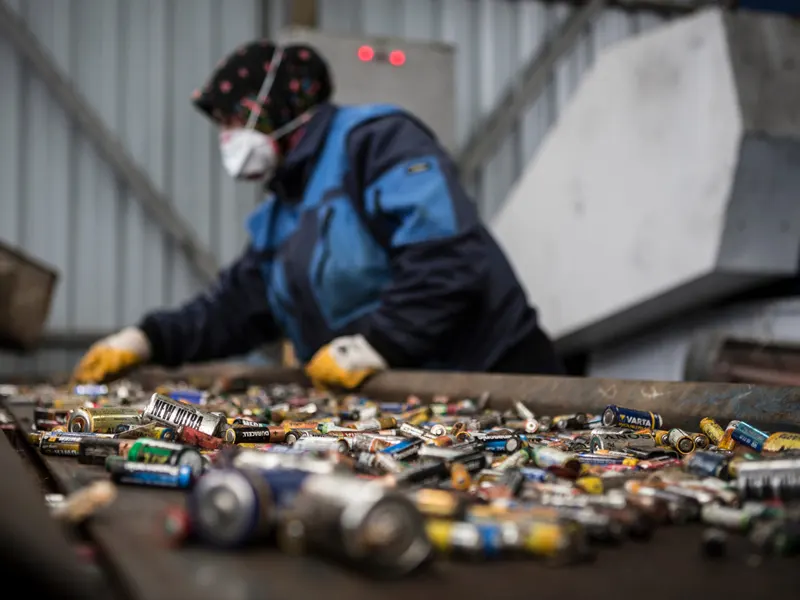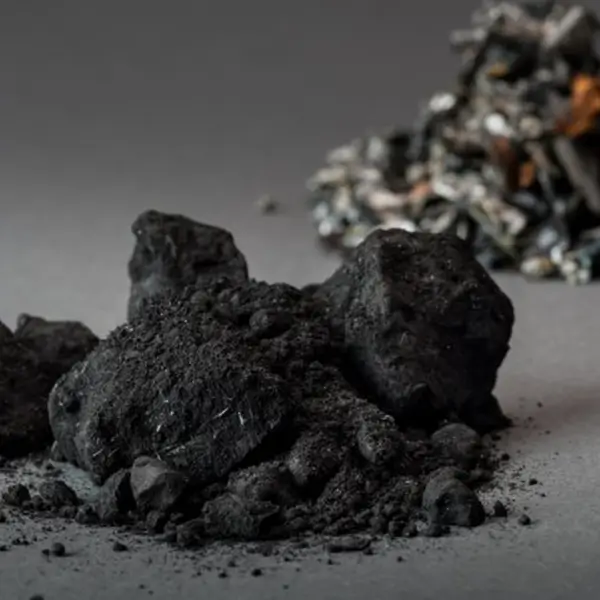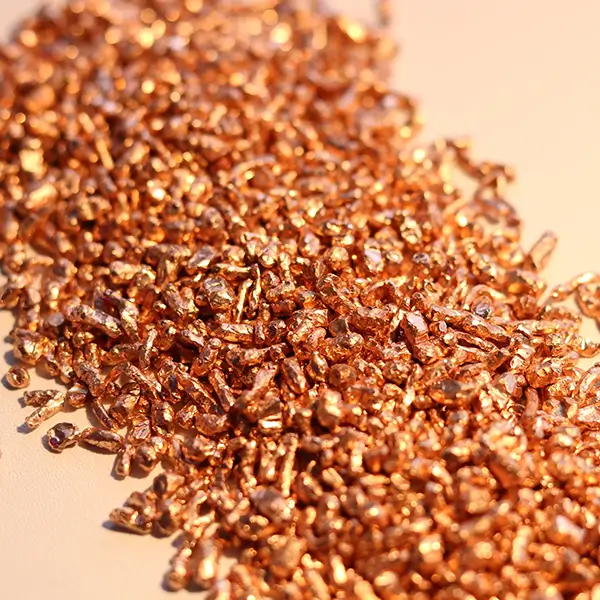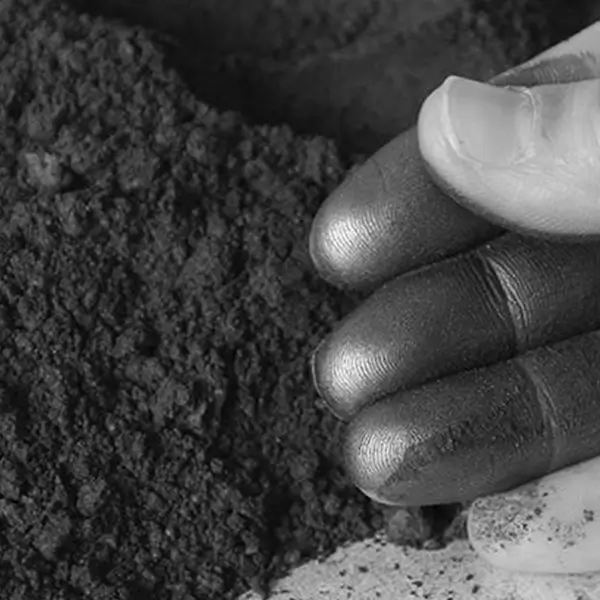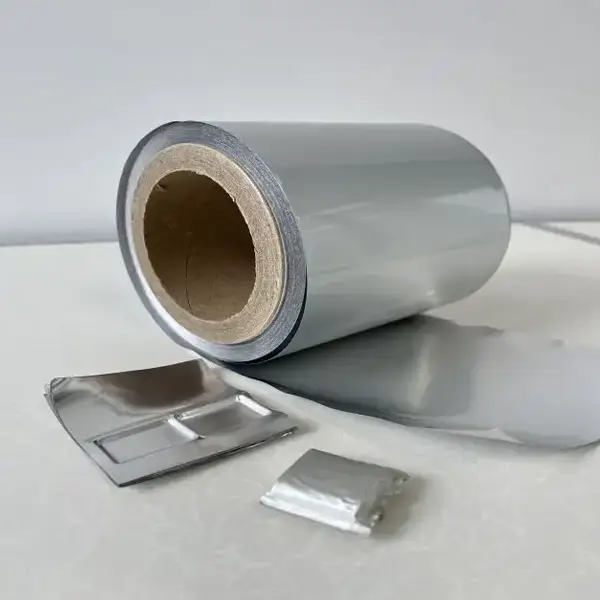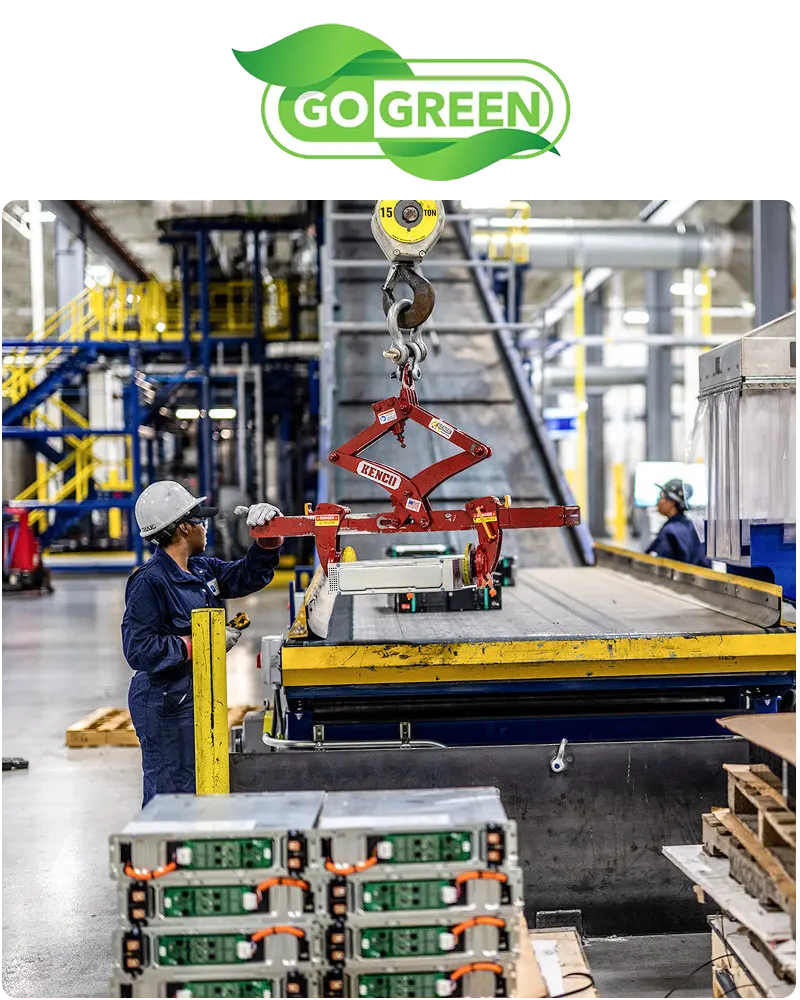Our advanced recycling process yields five valuable materials: black powder, copper powder, aluminum powder, iron, and diaphragm, all of which can be fully recycled. The aluminum content of the recovered electrode materials is less than 0.3%, and the copper and aluminum purity is ≥ 96%. Approximately 10% of the output is non-usable; however, we have efficient waste management strategies in place.
The electrolyte, accounting for 6% of the waste, is treated in a catalytic combustion furnace, converting it into harmless carbon dioxide and water, ensuring no harmful waste is produced. This comprehensive approach not only maximizes resource recovery but also minimizes environmental impact.
